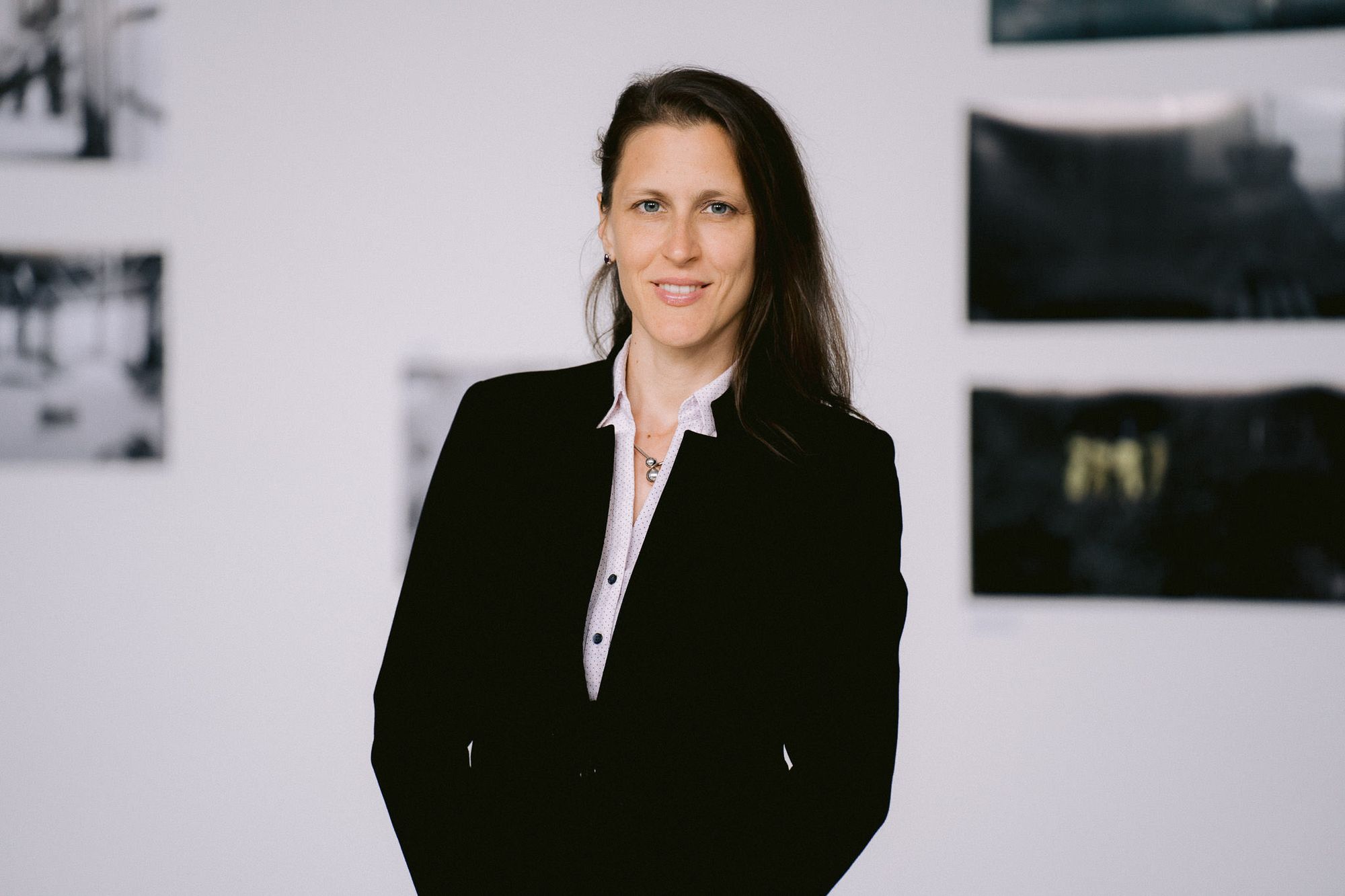Novi Sad was awarded the European Capital of Culture for 2022 in 2016. A lot has happened in the last six years, and especially in 2022 in the very first Serbian city to ever hold this title: more than 1,500 cultural events and 4,000 local, national and international artists, as part of a series of eight programs. We talked with Sara Vuletić, the program director of the Novi Sad—European Capital of Culture Foundation about preparations and doubts, achievements and success, events and projects, and the possible future of the city as well.
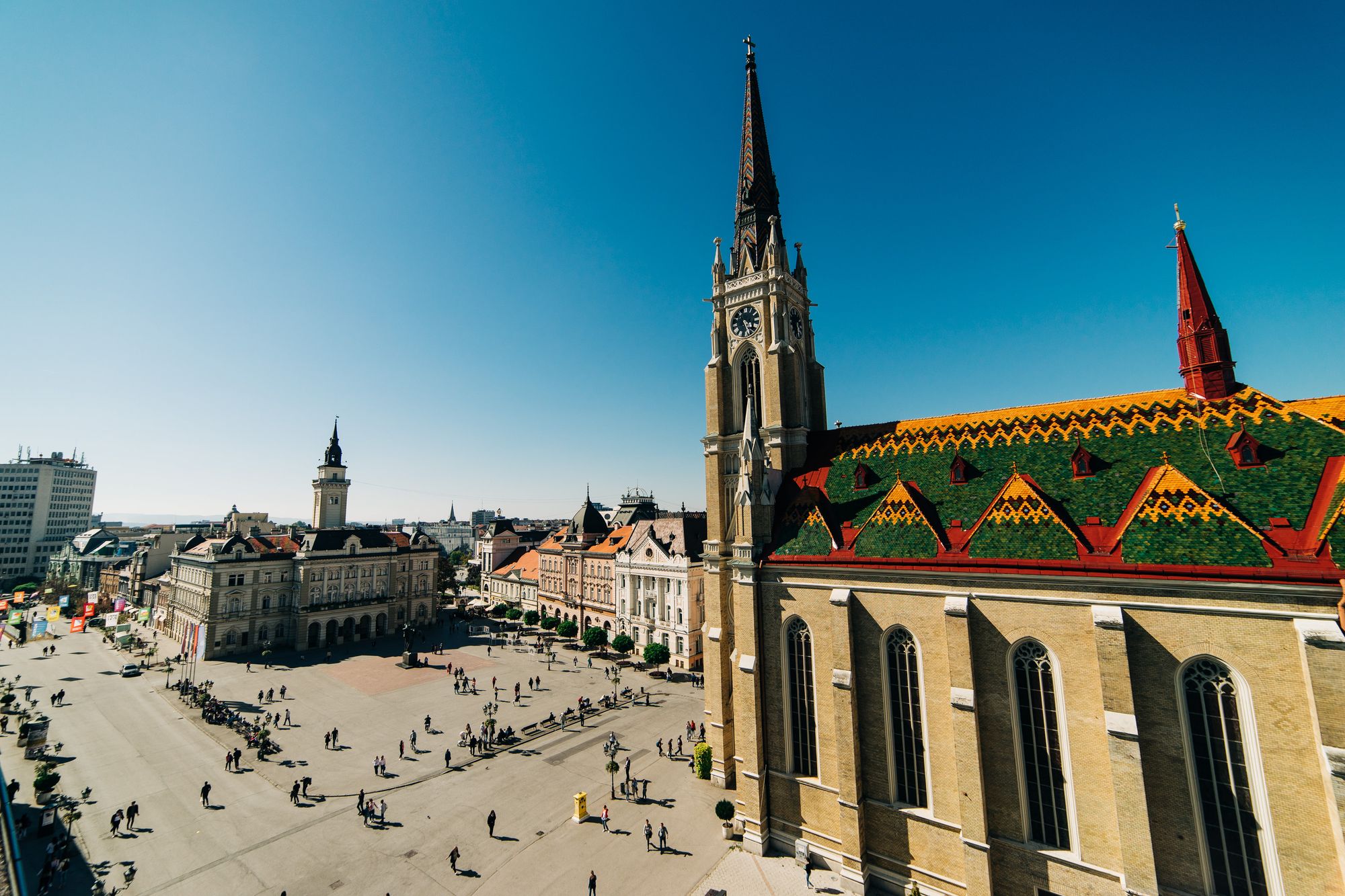
“Doubt, apprehension, I would even say prejudice followed Novi Sad from the nomination process, all the way to the status of one of the best European Capitals of Culture”, said Nemanja Milenković, the CEO of the Novi Sad—European Capital of Culture Foundation. What were these doubts about the Novi Sad?
We are not in the European Union, which means we obviously don’t have all the procedures that are in place in the countries that are in the EU. More generally, because of our history and turmoil, the perception of Serbia can be skeptical. There were doubts about the European Capital of Culture (ECC) among the locals as well: how will it go, how will it affect us, and will we benefit from it? We were proclaimed as ECC in 2016, and during the preparations, we showed that we are actually capable. Many things happened already before 2022, which was not obligatory, but we did it. For example, we established a network of cultural stations and restored several cultural centers. I think all this became even more evident when last October we had a final report from the EU, which suggested that we just keep up the good work.


Basically, in every city, there is only a few percent of people who are interested in cultural events. What was your strategy to involve locals?
The number of participants in events has increased significantly. We had different target groups, which was very important. Throughout the year there were programs that were dedicated to children and youth, women and feminism, peace and migration, minority groups, and marginalized people. There were many outdoor programs that were accessible to everyone; Doček is our special audio and visual festival on New Year’s Eve, both on 31 December and 13 January; we had a village festival in the Fruska Gora mountain; we brought famous actresses from around Serbia to recite and read fairy tales to children; in the Gallery of Matica Srpska the citizens were invited to choose and curate artworks from the gallery; there were also theater shows, classical and popular music concerts, exhibitions, workshops. Furthermore, all these events had to be organized properly and we were working a lot on our PR and marketing to make sure that it reaches the right audiences.

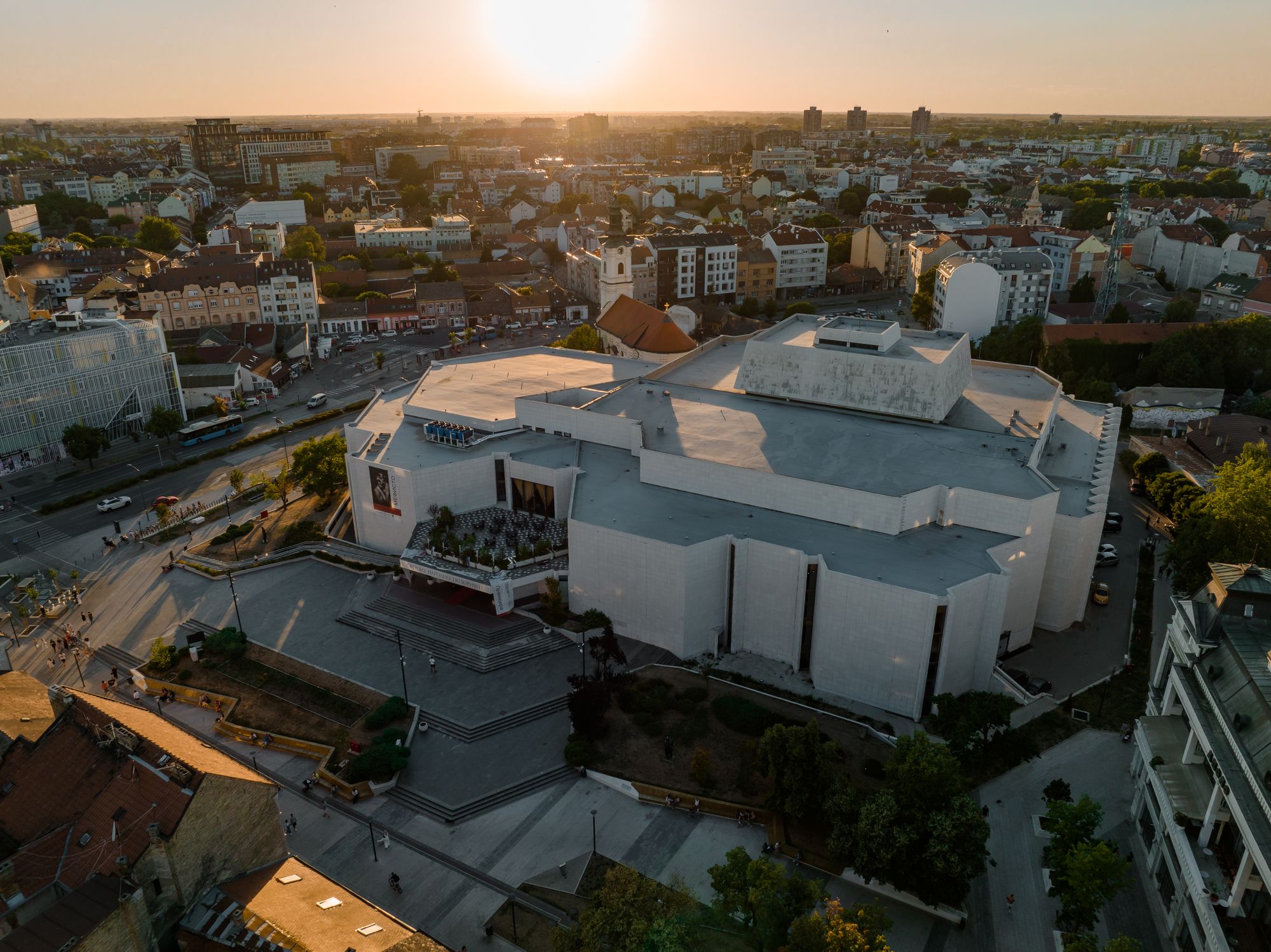
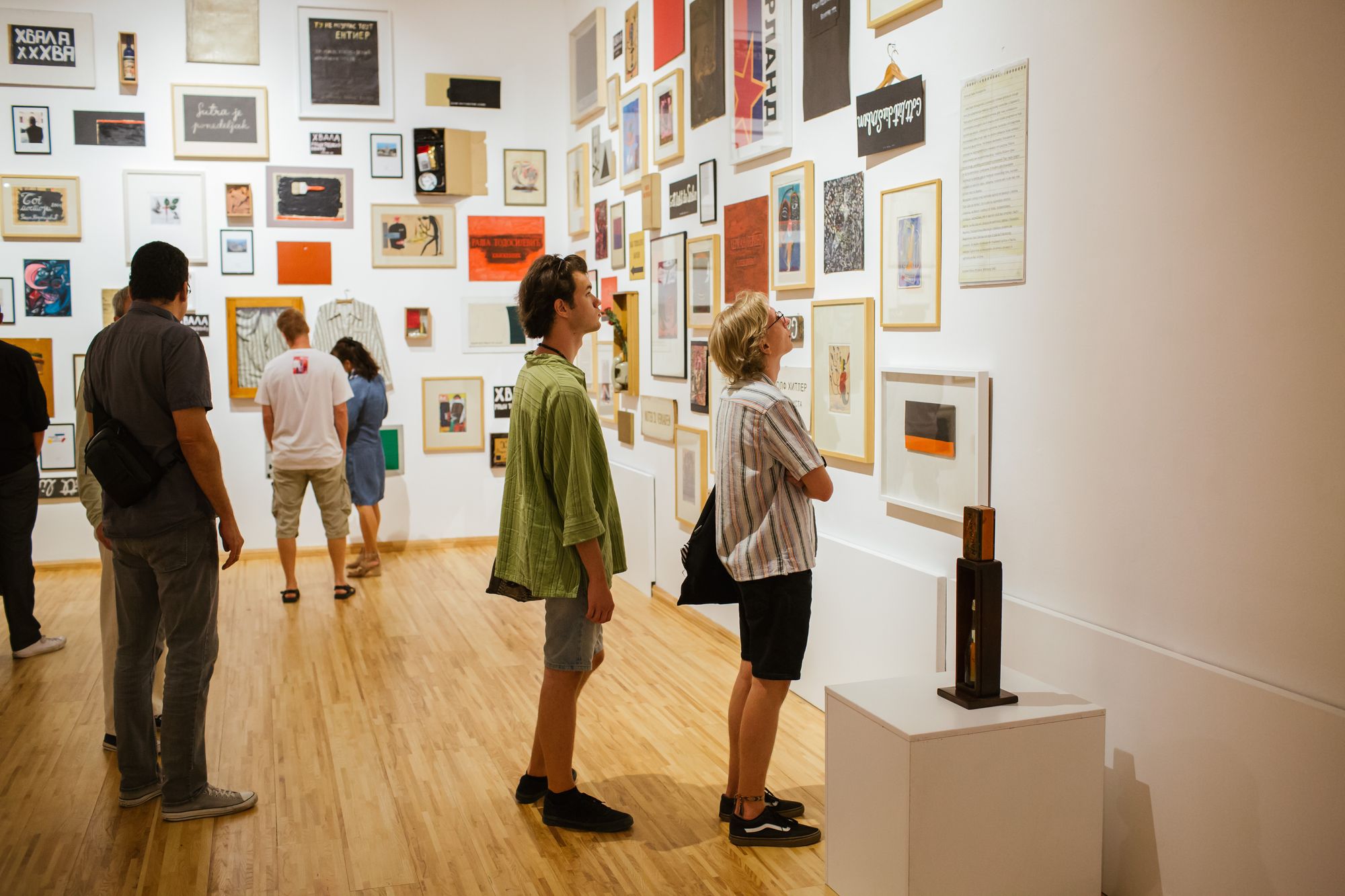
One of the most important things for a city is to keep young people. How do you see Novi Sad doing in the long term?
In comparison a couple of years ago, a lot has changed here. There’s so much more activity going on. This project definitely reshaped the culture and infrastructure in the city. Obviously, the Exit Festival put Novi Sad on the European map, but now it has a couple of titles that give a good reputation. Besides the ECC, Novi Sad was also the European Youth Capital in 2019. Of course, there are people who go abroad, but this is a general phenomenon. However, I also know people who moved to Novi Sad, for example, the famous violinist, Stefan Milenkovich, who is now the art director of the City Concert Hall. Moreover, there were a couple of young people from Novi Sad who came to me and said “I hope you continue with your project, all the time there was something going on and it was a quality program”. Among other things, in April we had the Flags the Future program, which was created by young people; in the Creative District, there was a music festival with emerging regional and European bands. We really want to continue, and we hope we can keep the young people here. Novi Sad is a student city and it has a strong IT sector industry in terms of jobs; it has a lot to offer.
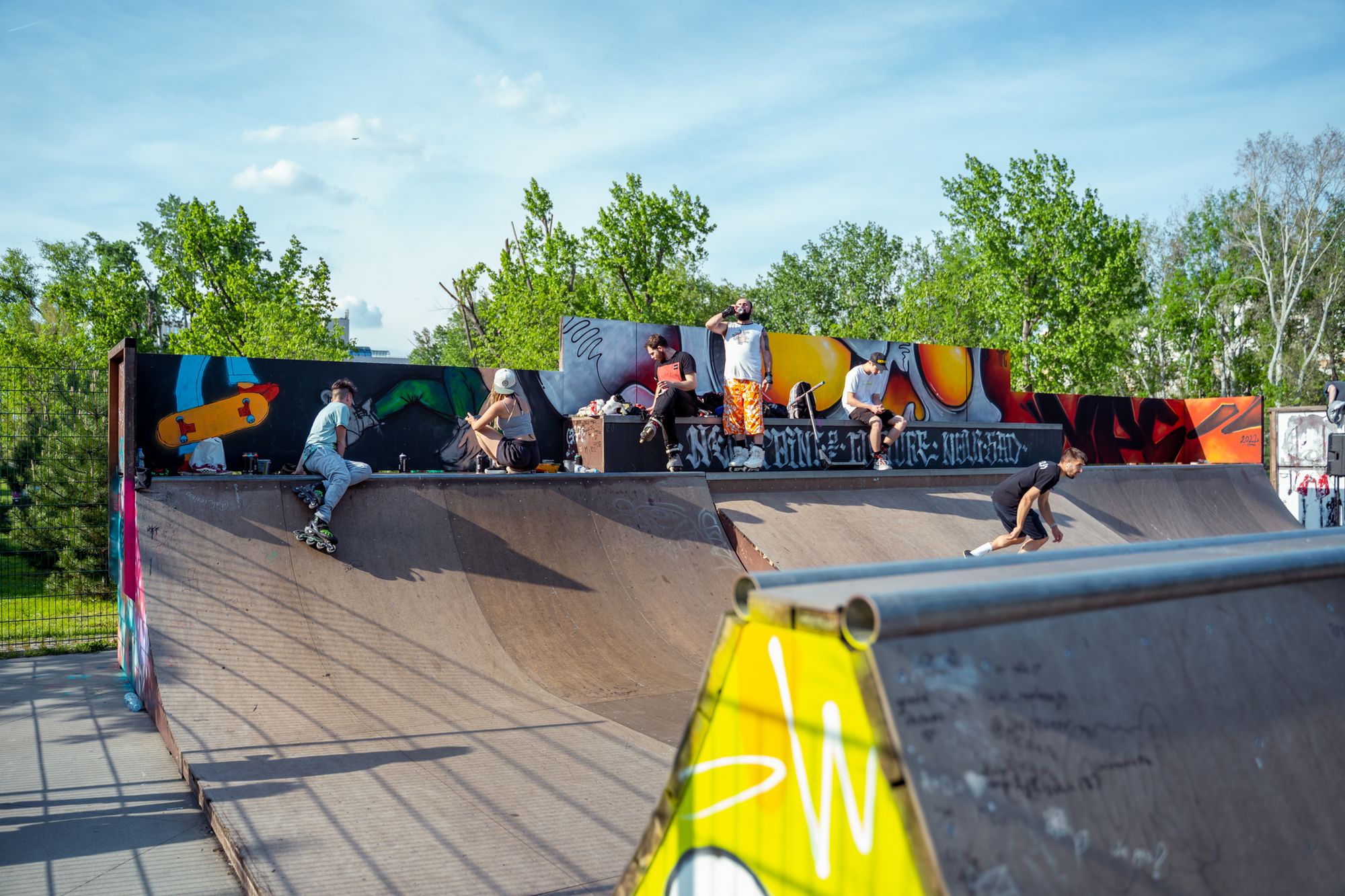
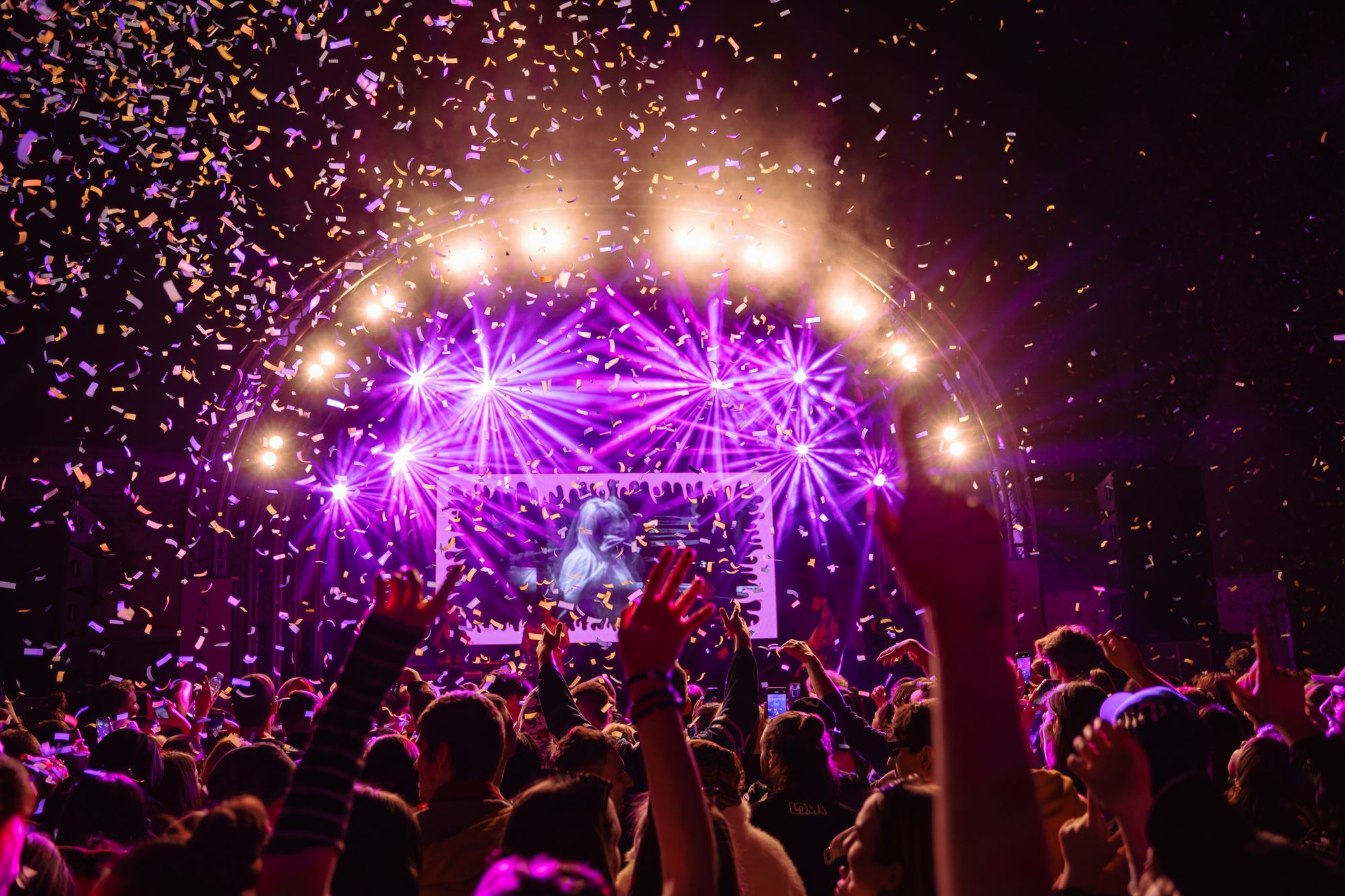
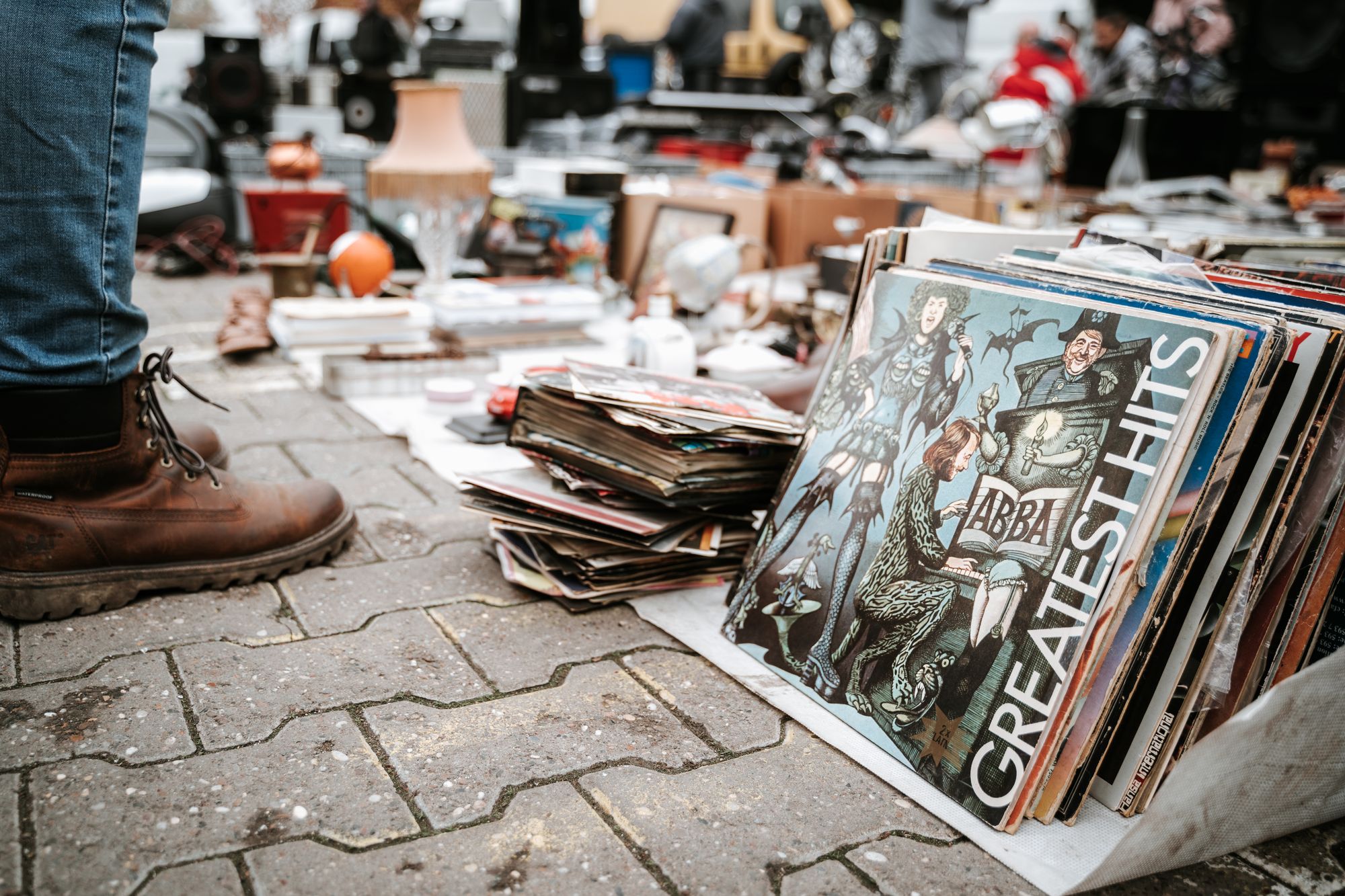
The ECC program started with themes such as heritage and archaeology, the city of Novi Sad, followed by—as you mentioned—women and minorities, children and youth, and finally the Other? Europe, which deals with underground themes. I suppose it was a conscious decision to make it like this from the start to the end. How was it developed? Did you have some obligatory topics from the EU?
Our slogan is ‘for new bridges’. The idea was to connect the past, the present, and the future; the history and the modernity; the East and the West; all these opposites. Another reason is that bridges were torn down by the war here, so it has a metaphorical meaning as well. That was our starting point and we wanted to include the matters which are important for us in terms of heritage to connect with Europe and European values, such as tolerance, solidarity, peace, and minority rights. However, we didn’t want to just put all these topics together, so we divided them throughout the year. Consequently, we had Migration in February and March, Youth and Creativity in March and April, Heroines in June, Danube in July, and so on. The grand final was the Other? Europe program in which we focused on the different, the underrepresented, and the alternative, like comics and avant-garde art.
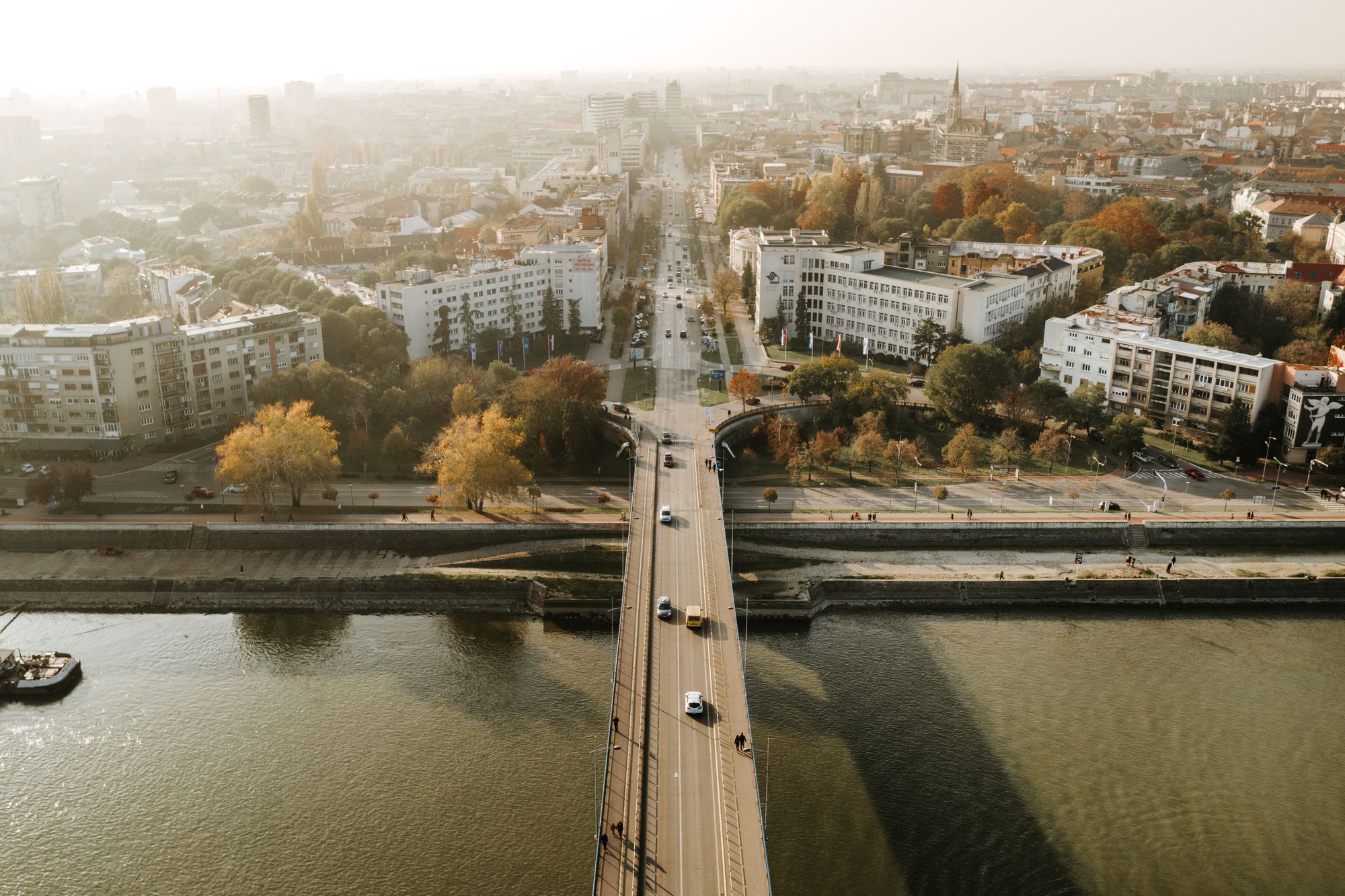
You mentioned the Creative District, which I actually visited. A part of it was still under construction, but apart from that, there were some exhibitions on view. However, it was basically empty, kind of haunted. Maybe it is a bit far from the center, I don’t know. Anyway, how do you plan to fill it with life?
You’re completely right, there is a little bit of fear because of this. The place has so much potential. I think it’s important to have a leadership structure where somebody manages and monitors the entire district to make sure that there are always some activities going on, but it is also crucial to maintain cooperation with the local art scene to have grassroots initiatives and support. The biggest object is still under construction, and once it is finished, it will become a multifunctional cultural station. We have support from the municipality to make it happen, which is very important. So we will do our best to put it on the mental map of the locals.
How do you see Novi Sad in 15 or 20 years? Well, if no big disaster happens.
If we continue what we started and make sure that good cultural practices are preserved, I see Novi Sad as a blooming art center. I feel that we can position ourselves as a small but strong center in Central Europe, with our projects, the local and young people, and our international partners. Of course, we can be even better, and that should be the vision. It’s not about having a one-year show and then disappearing, but about the continuity, the legacy. There are still so many things to do.
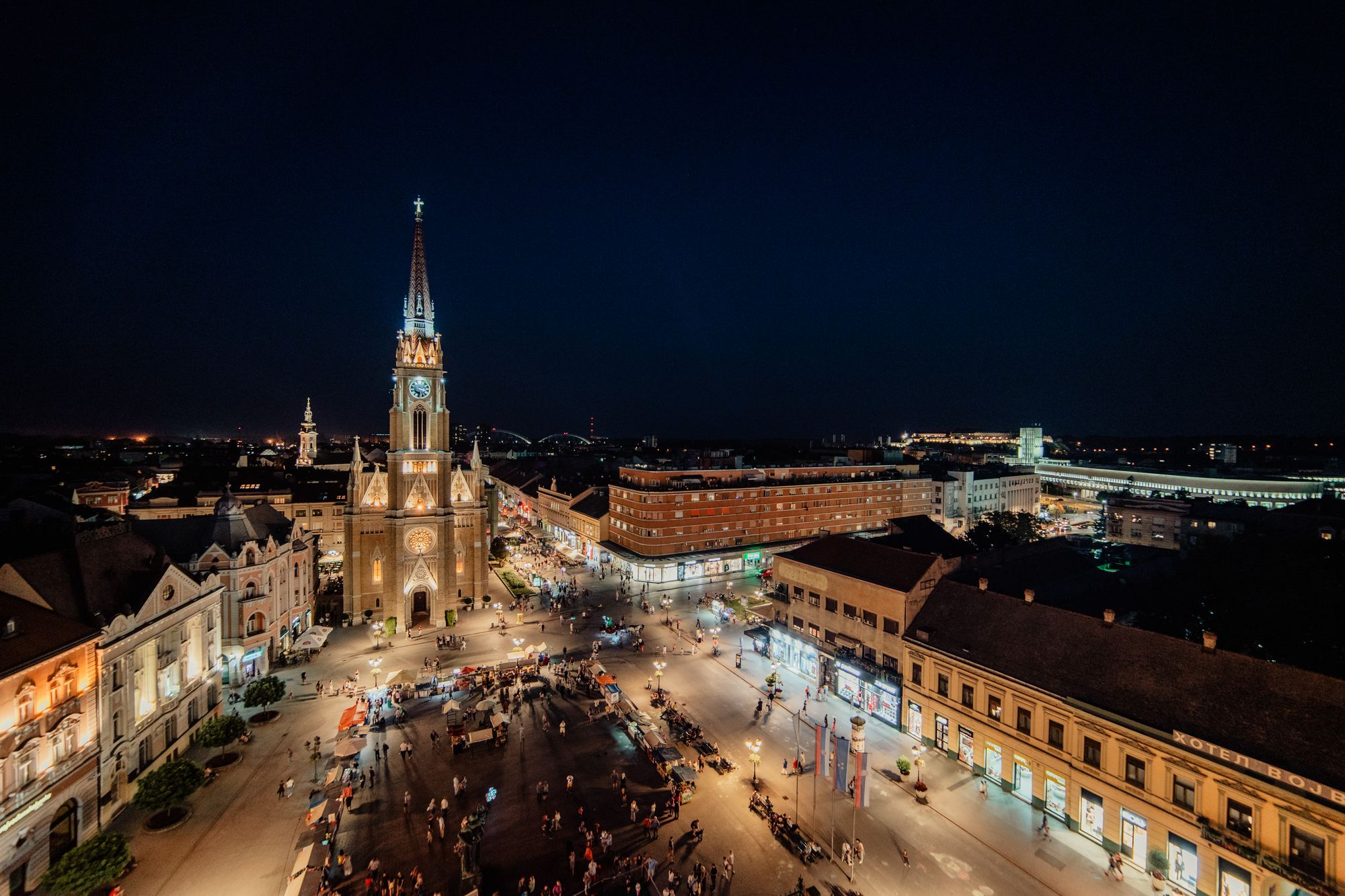
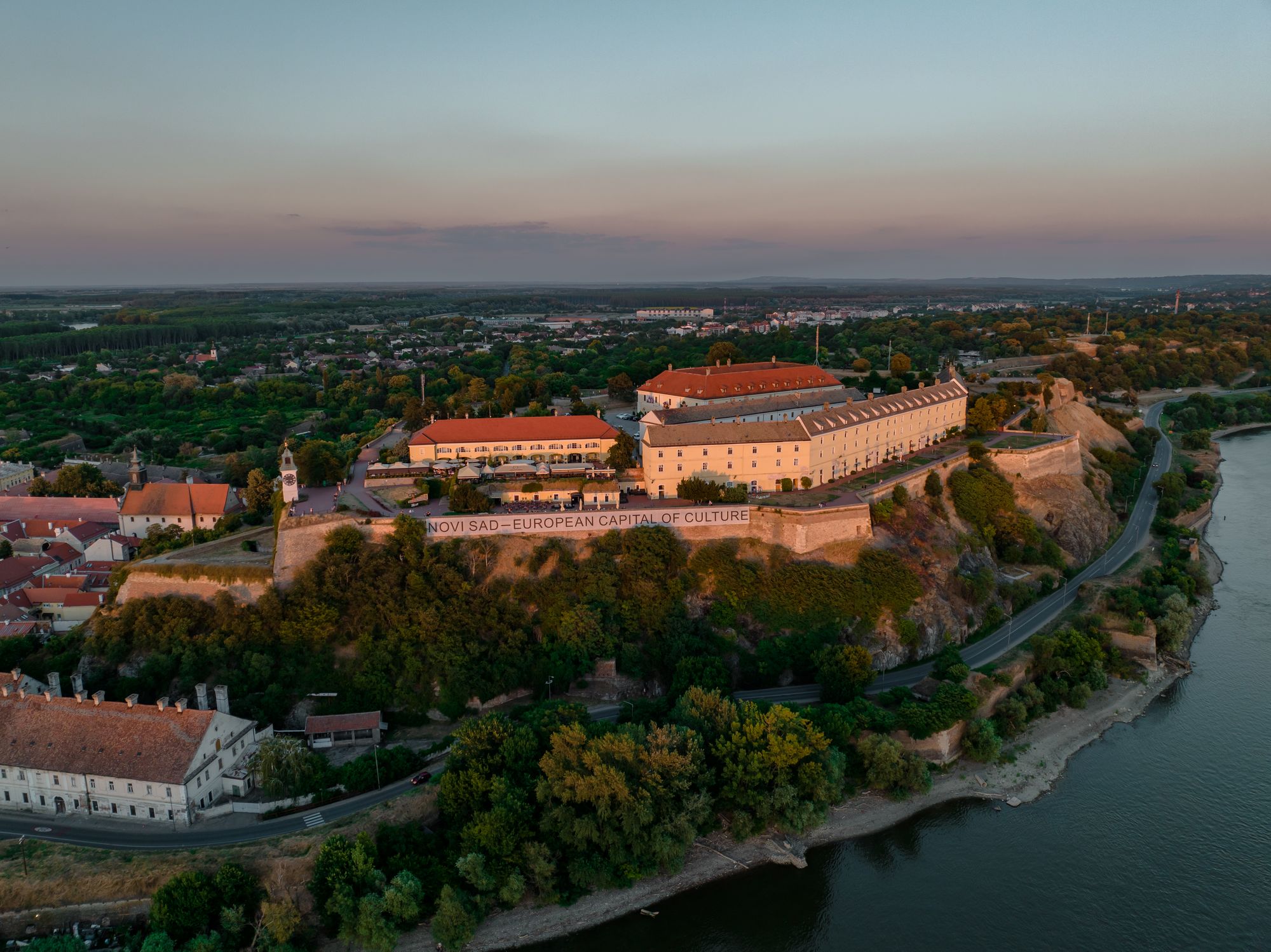
I’m from Veszprém, which will be one of the ECC in 2023. What is your advice to our city or anybody who gets this title?
Well, be persistent. No matter how tired you are, keep going. I know the team in Veszprém, they are very professional and good. It is important to share the duties, keep people motivated, and not overload anyone. The fact that it’s decentralized is also great because it will include the small towns of the beautiful Lake Balaton area and will have a wider audience. Of course, engaging locals as much as possible is also crucial. I was there in September, and I think things are going great. You can always learn from the previous ECC, what happened there, what they did well, what the legacy is, and if there is a broader perspective, so you can plan better. So now we could give some advice, and after all, I think Veszprém has all the chances to be successful.
Novi Sad 2022 | Web | Facebook | Instagram
Cover photo: Sara Vuletić, photo by V. Velicković

Emotions meet geometry | Best architecture projects of 2022

Our favorites this year | Best interiors of 2022










